Autoflowering seeds have taken the cannabis industry by storm and has revolutionized cannabis growing everywhere by providing farmers a seed that flowers no matter what the light cycle. Check this article to understand these magical seeds that are designed to do most of the work for you!
The cannabis industry is growing at an incredible rate. It’s been projected that by 2020, over a quarter of a million jobs will have been created by the legal cannabis industry.
There are a few revolutions that have helped make this kind of growth possible. Of course, legalization of medical and recreational cannabis in certain states was the major factor that allowed this industry to explode.
But many other changes and developments have also helped retailers and growers keep up with the booming demand. From digital tracking of plants to ID scanners at checkout, innovations are constantly changing the way weed is grown and sold.
Autoflowering seeds are one of those great innovations that are helping growers keep up with consumer demand. What are autoflowering seeds, and why are they the future of the cannabis industry? Read on to find out!
What are autoflowering seeds?
These cannabis seeds will automatically start flowering, no matter how many hours of light they get.
This means growers can rely on plants starting to flower once they hit the right age, rather than waiting until they get the right amount of sunlight (or artificial grow lights that mimic sunlight).
Needless to say, autoflowering seeds have become incredibly popular among growers. They help boost yields and make growing cannabis a much more predictable endeavour.
Although this is a fairly new development, it’s already become widely used among growers. How did autoflowering seeds come about in the first place, though? In order to answer that question, we need to take a look at Cannabis ruderalis.
Cannabis Ruderalis
Cannabis seeds that flower automatically contain the genetics of Cannabis ruderalis, a type of cannabis that comes from central and eastern Europe, and Russia.
There, these plants have long grown in the wild. “Ruderalis” comes from the term “ruderal,” which refers to plants that grow even though human activity has affected the area around them.
It’s thought that the ruderalis sub-species came from the indica genes. Indicas are capable of withstanding the short growing seasons and harsh weather of the mountainous regions it comes from.
Cannabis ruderalis was a wild species for a long time, but eventually, growers brought it inside to create new hybrids that could meet their growing needs.
Ruderalis plants tend to be short – about one to two-and-a-half feet tall – and have thick stems, wide leaves, and small buds.
They look visibly different from their sativa and indica cousins. They may never have achieved their current level of significance among growers if it weren’t for their unique flowering patterns.
This type of cannabis has a flowering pattern that’s linked to maturity, rather than light cycles. Today’s hybrids that use ruderalis genetics usually flower about three to four weeks after seeds are planted, hence the term “autoflowering.”
The reason for this, are the areas that ruderalis genes come from. These parts of eastern and central Europe have short, cold summers, with extremely long hours of sunlight at the height of summer.
This didn’t allow for the usual responses to a light cycle that other types of cannabis have. Instead, Cannabis ruderalis adapted, eventually flowering no matter what the sunlight patterns were.
Hybrids with autoflowering properties
Cannabis ruderalis has very low THC concentrations, so it doesn’t offer the psychoactive properties of indica and sativa strains.
However, growers started to experiment with crossing ruderalis, indica, and sativa strains as early as the 1970s and 1980s. They were trying to harness the autoflowering properties of ruderalis with the added potency of the other plants.
It took time to develop a hybrid that worked, though. When the first fully autoflowering cannabis plants hit the market in the early 2000s, the revolutionary potential of Cannabis ruderalis had finally been tapped.
How does flowering work?
We can understand autoflowering seeds better if we also take a look at how flowering works for cannabis pants in general.
Typically, cannabis plants require a change in the light they’re exposed to, so they can produce buds.
This is due to the way flowering plants usually grow in nature. As seasons change, plants are exposed to different amounts and types of light. There are more hours of light during spring and summer, and less during fall and winter.
When the light changes between seasons, it triggers the plant to go from its vegetative stage to the flowering stage. The vegetative stage is when plants grow bigger, both above ground and below ground in the roots system.
However, when it comes time to flower, the plant stops getting bigger and channels its energy into producing buds instead.
When cannabis is grown in grow rooms, the growers use artificial light to mimic the natural light patterns that trigger flowering. Growers make changes to the amount of light the plants get and when they get it. This convinces the plants that the seasons have changed and it’s time to start producing buds.
How do autoflowering seeds help growers?
Using grow lights to mimic the changing of the seasons can be a challenge, although many growers have got it down to a science.
Autoflowering seeds simplify the process, because these plants will start to flower automatically regardless of whether or not their exposure to light has changed.
Indoor growers in particular love autoflowering, since they have the task of tricking their plants into thinking that seasons have changed. Where weed is grown outdoors, autoflowing can still be useful, since it flowers no matter what the season is.
Autoflowering plants also tend to be smaller, since they contain the genetics of the small, hardy Ruderalis species. This means that growers can fit more plants into a grow room with limited space.
With autoflowering seeds, growing cannabis is a faster and easier process. Growers no longer need to change bulbs on a schedule and get the light patterns just right to trigger flowering.
Autoflowering seeds and the modern cannabis market
As cannabis is legalized in more and more places for medical and recreational purposes, autoflowering plants are becoming even more important to the industry.
Many people love growing these plants, since they’re small, easy to grow, and reliably produce buds. They are a great choice for home growers and indoor growers who don’t have a lot of space or budget to work with.
Autoflowering plants also mature faster than other cannabis plants. In just seven weeks, some of these plants can grow from germination to harvest-ready, bud-producing, mature plants.
With the huge demand for medical and recreational cannabis, it’s easy to see why quick, reliable bud production is important. Without autoflowering plants, it can be harder for growers to keep up.
When grown indoors, these plants can produce multiple harvests in one year, and when grown outdoors, they can produce more than one harvest in just one growing season.
One of the most important ways that autoflowering seeds have impacted the modern cannabis market is that they help beginning growers get started. The complicated changes in grow lights aren’t necessary for these plants. This means they are much more accessible for beginners to grow.
Because of this, autoflowering seeds are available at all seed banks these days. They are perfectly suitable for experienced growers looking for a bit of a hands-off grow operation, to weed lovers who want to try their hand at growing for the first time.
Downsides of autoflowering plants
Not everyone is a supporter of autoflowering plants. Some people claim that the genetics of their favourite cannabis strains are diluted when those plants are combined with ruderalis plants to form a hybrid.
As mentioned above, Cannabis ruderalis doesn’t have much THC. It makes sense that hybrids using ruderalis would have slightly lowered psychoactive properties.
However, with so many different cannabis consumers, there are also many buyers who see this effect as a benefit, as not everyone is looking for the highest dose of THC. On top of that, with more experimentation, hybrids will soon be developed that don’t have this difference at all.
Cannabis ruderalis plants are also smaller than indica and sativa plants, and produce smaller harvests. Therefore, the autoflowering hybrids that they produce have somewhat lower yields.
However, many growers find that it’s worth it to have a plant that flowers automatically, even if each harvest is a bit smaller than with a non-ruderalis plant.
How to grow autoflowering plants
If you want to try your hand at growing weed from autoflowering seeds, you’ll be joining countless other cannabis enthusiasts who have taken growing into their own hands.
You can count on your autoflowering plants to be ready for harvest in about 7 to 11 weeks. How do you successfully bring the plants from seed to harvest? Let’s take a look.
1. Soil
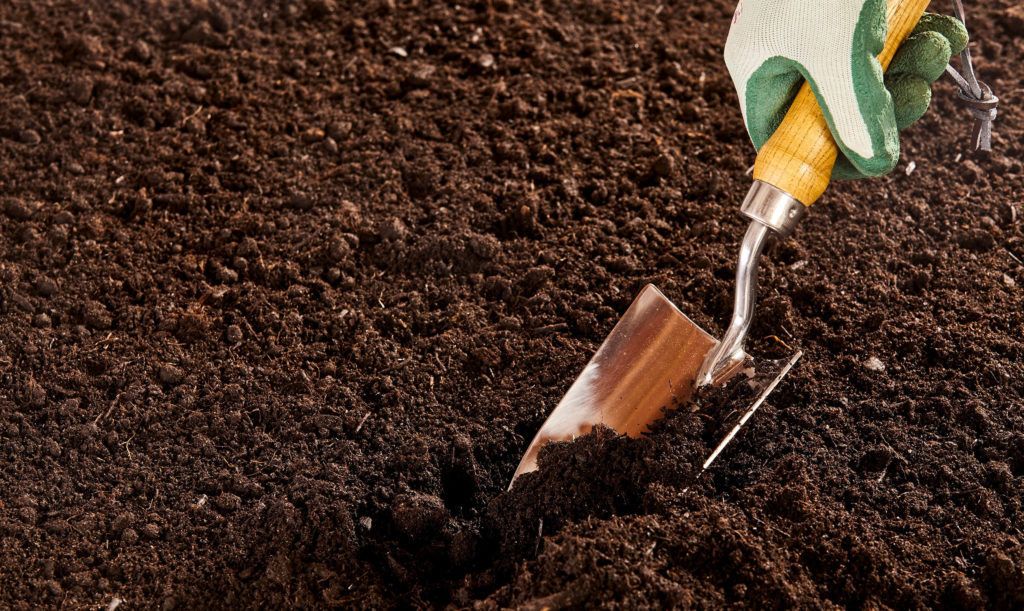
Your autoflowering plants will do best in airy, light soil without too many nutrients – keep in mind that the Cannabis ruderalis plant originated in a harsh environment without the best soil.
You probably won’t want to use the potting soil from your local garden shop – it will be too rich for these plants. Instead, try creating a lighter mix that’s just right for your plants.
A great soil recipe for your autoflowering cannabis plants:
- Compost (3 parts)
- Peat moss (3 parts)
- Pre-wet perlite (2 parts)
- Pre-wet vermiculite (1 part)
2. Feeding
These plants won’t need much nutrition, but it’s important to know how to supplement them correctly throughout the growing process.
Make sure not to over-nourish your autoflowering plants – remember, they don’t need as many nutrients as regular plants do. At first, just give the seedlings water to help them grow.
After about 2 weeks, you can add a few growth nutrients to the mix. Increase the amount of nutrients by a little bit each time until the plants are 6 weeks old. Then, feed them the same amount each time until harvest.
A week into the flowering process, change them to a feed that is targeted toward flowering. By waiting a week after flowering begins, you’ll give them time to finish filling out before focusing on flowering. This can give you a better harvest.
When it down, go light on the nutrients. Different hybrids will have different specific needs, and it can take some time to get a feel for what will help your particular plants grow.
3. Light
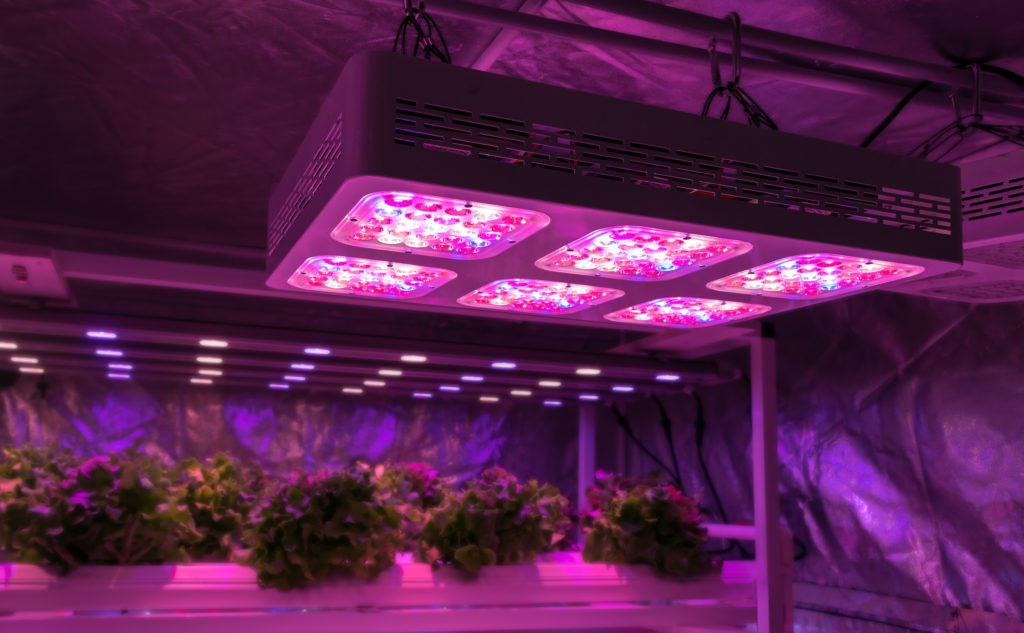
Autoflowering plants don’t depend on light to flower, but they should still get some light. If you’re growing indoors, aim for about 18 hours of light a day.
If you’re growing them outdoors, think about starting them off inside to help them get strong before moving them outside. These plants only spend a matter of weeks in the vegetative state. It’s important to help them grow as much as possible during that time so your yields will be better.
4. Pruning
As you learn about growing cannabis, you will discover that there are many advanced techniques, like pruning, that are intended to help give better harvests.
However, autoflowering plants are designed to not need advanced techniques to produce good yields. Unless you’re an experienced grower, you won’t need to use these sorts of advanced techniques.
In fact, some autoflowering plants will actually give you the opposite result than you want if you try fancy growing techniques on them.
Ready?
Whether you’ve tried growing cannabis before or are brand new to the game, autoflowering plants are one of the best ways to learn the ins and outs of growing cannabis at home.
You’ll have fun and learn much more about the plant you love by growing it yourself. And with autoflowering seeds, growing at home is easier than ever before!





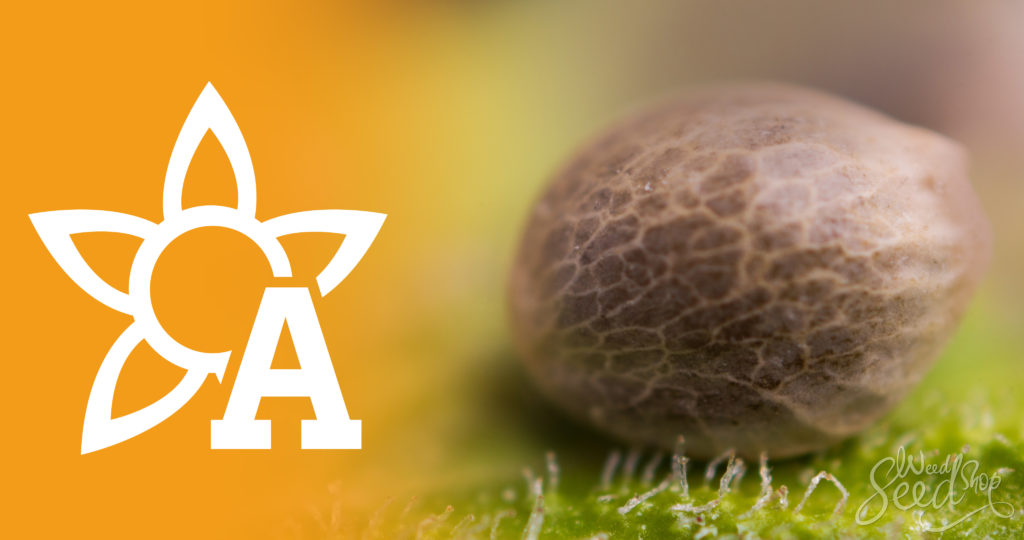

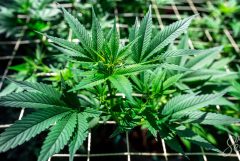
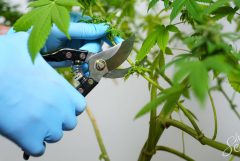
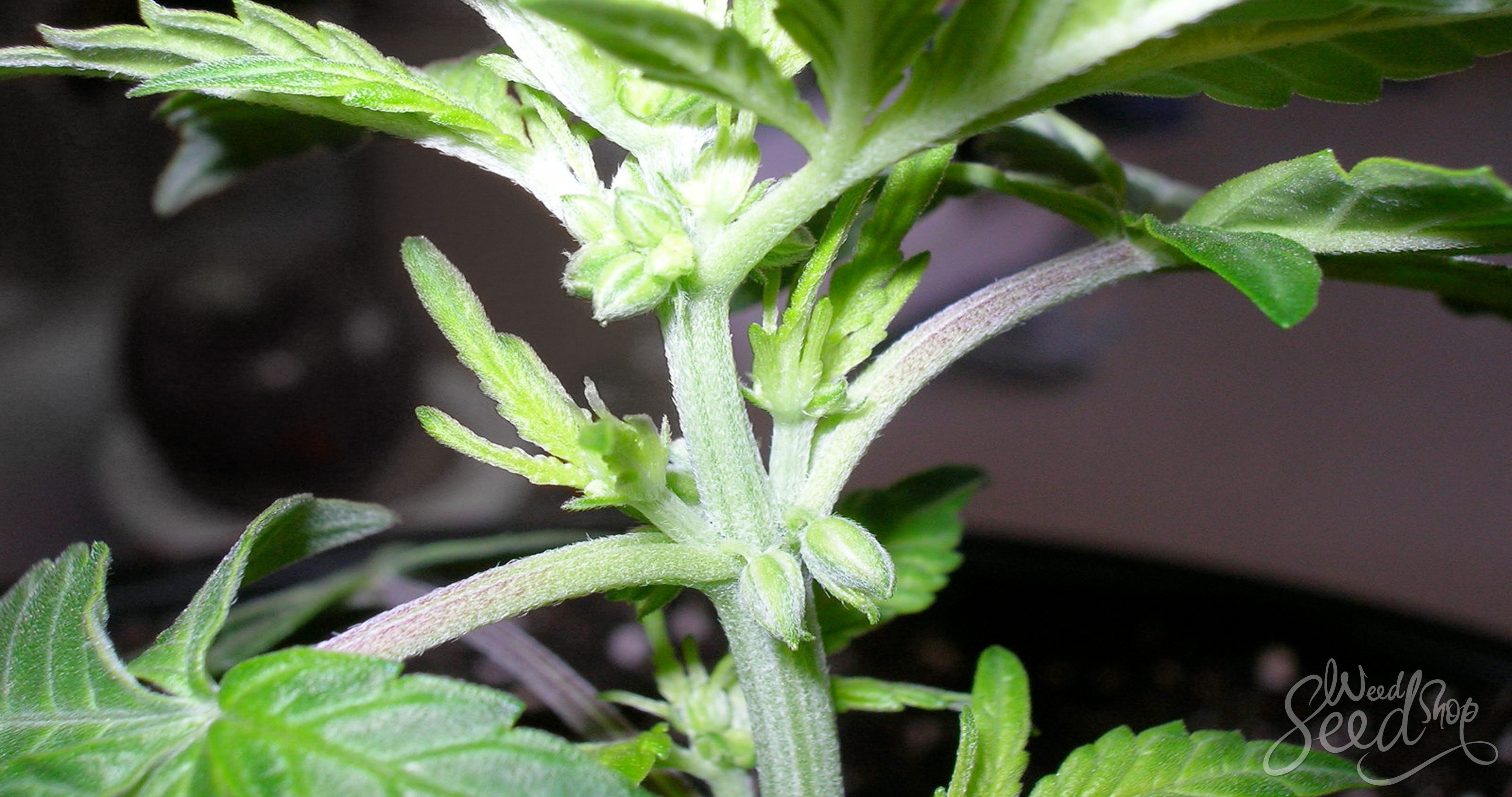

I would like to buy some seeds
Hi Chief, have a look here. This is where you can get high grade automatic strains. Cheers, Olivier
When is the best time to start them off in the UK .